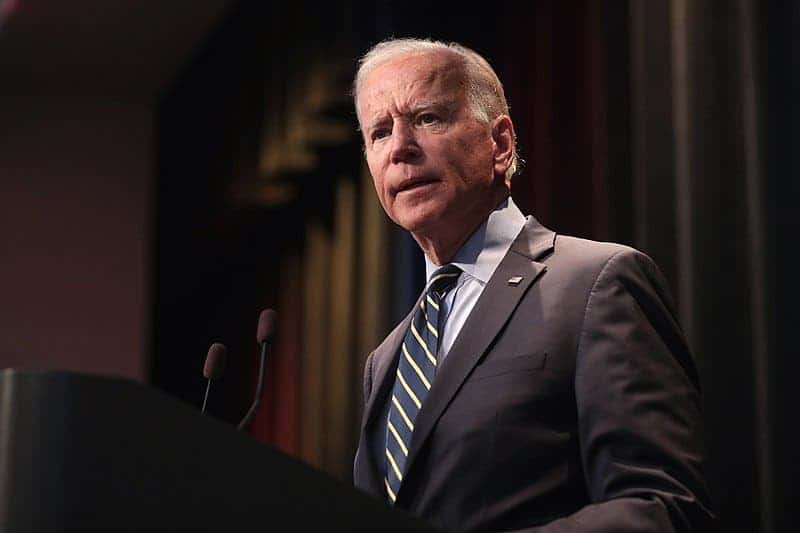
Almost 40% of the European Union’s natural gas comes from Russia, and that has always proven troublesome — but now is more difficult than ever due to the war in Ukraine and the atrocities committed there by the world’s largest country and petrostate. The war has seen unprecedented international sanctions on Russia, but they all fell short of banning oil and gas imports since that would have a spillover effect that could potentially hurt the EU more than Russia. In a bid to ease the huge pressure on the European energy sector, President Joe Biden announced that the U.S. will be ramping up its shipments of liquified natural gas (LNG) to Europe.
“Today we’ve agreed on a joint game plan toward” reducing European reliance on Russian gas, US President Joe Biden said at a joint press conference with Ursula von der Leyen, the president of the European Commission.
The announcement came on the heels of an extraordinary marathon of high-level summits among NATO, the G7, and the European Union, all held on Thursday. Today, President Biden is meeting Polish President Andrzej Duda.
As part of the agreement, the US committed to shipping more LNG to Europe to the tune of 15 billion cubic meters by the end of 2022. This supply will be steadily increased over the years, forecasted to reach 50 billion cubic meters by 2030 — that’s as much as a third of the Russian gas the union currently imports. In late February, just as the war was starting, Germany announced the cancellation of the €10 billion Nord Stream 2 gas pipeline from Russia. However, the pipeline was not operating yet so this may not actually hurt Russia too much — at least not quickly enough to hurt its war efforts.
In the meantime, von der Leyen added that the EU will increase its investment in renewable energy sources to further distance itself from Russian energy. But installing new wind and solar energy at a massive scale takes time, and the supply chain issues due to COVID-19 haven’t exactly been solved. This is why the bloc may reactivate old, decommissioned coal plants. Coal is the ‘dirtiest’ fossil fuel, being responsible for the most greenhouse gas emissions per unit of produced energy.
“Short term it may be that, as a precaution and in order to be prepared for the worst, we have to keep coal-powered plants on standby and maybe even let them operate,” German economy minister Robert Habeck told public radio Deutschlandfunk.
However, moving away from Russian gas will not be easy and it’s likely the EU will be dependent on it for years to come. Even if the US was in the position to send more LNG, there are hard logistical barriers that would prevent this. Europe is already the primary destination for US liquefied natural gas exports, which arrive by ship to coastal areas where there are just a few pipeline connections for further distribution across the mainland. That’s why the European Commission also announced it would build more infrastructure to funnel all this extra gas shipped from overseas.
Europe is also looking to other suppliers to diversify its basket of energy providers. Brussels has reached out to countries like Norway, Qatar, Azerbaijan, Algeria, Egypt, Turkey, Japan, and South Korea.
But the real question is: will this transition happen fast enough to stop the war? Most likely not, but these measures are necessary to prevent another situation like this where Europe is caught with its pants down.


